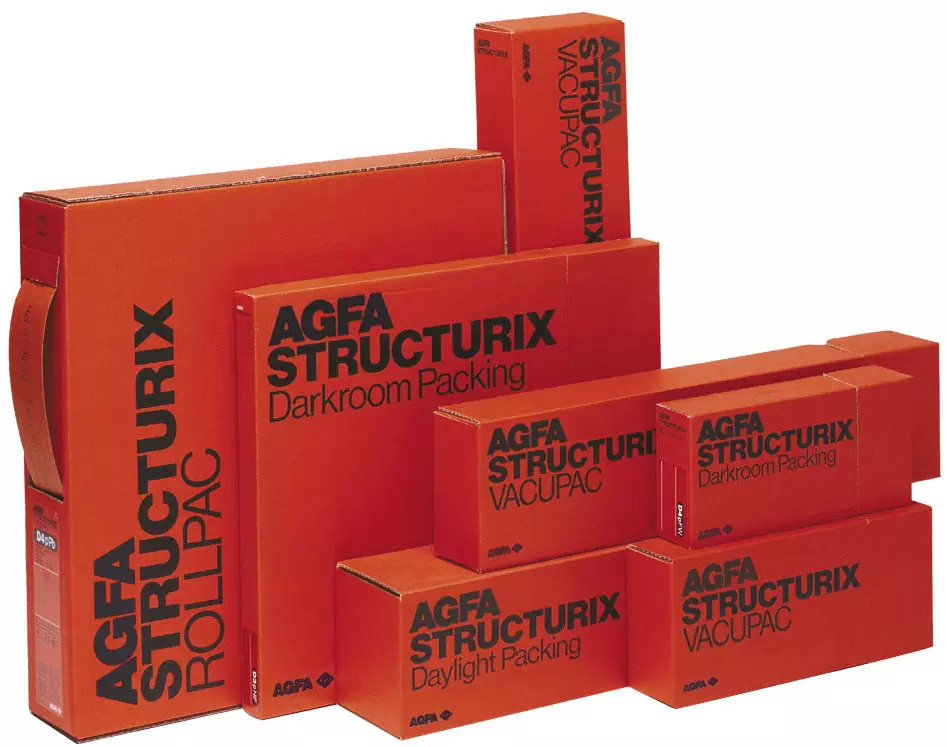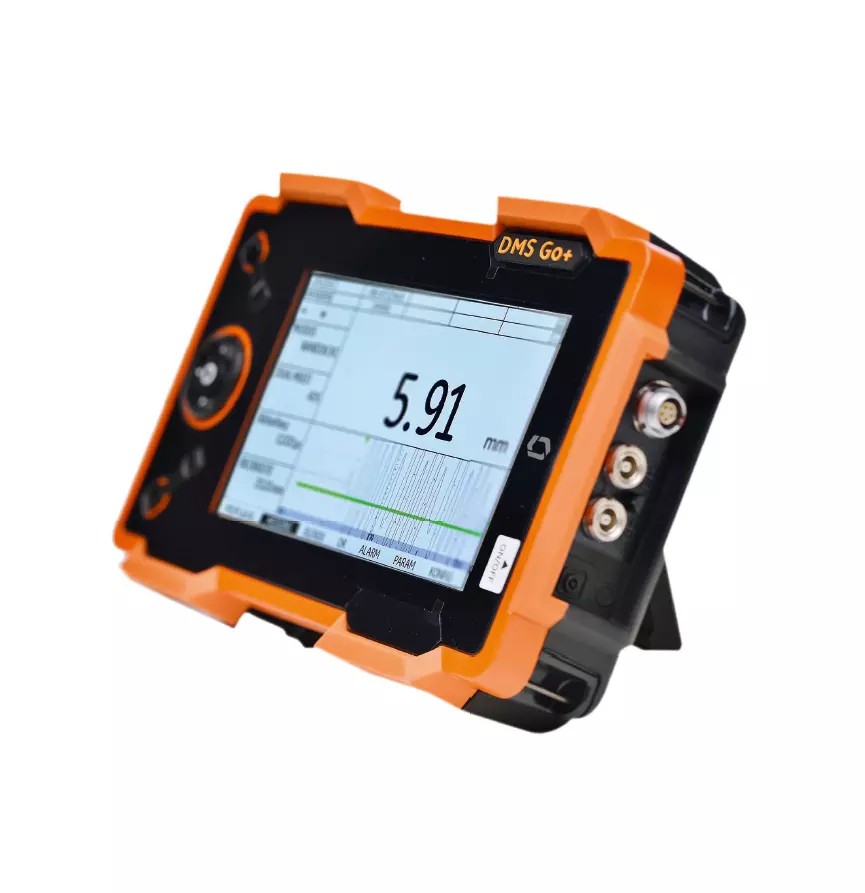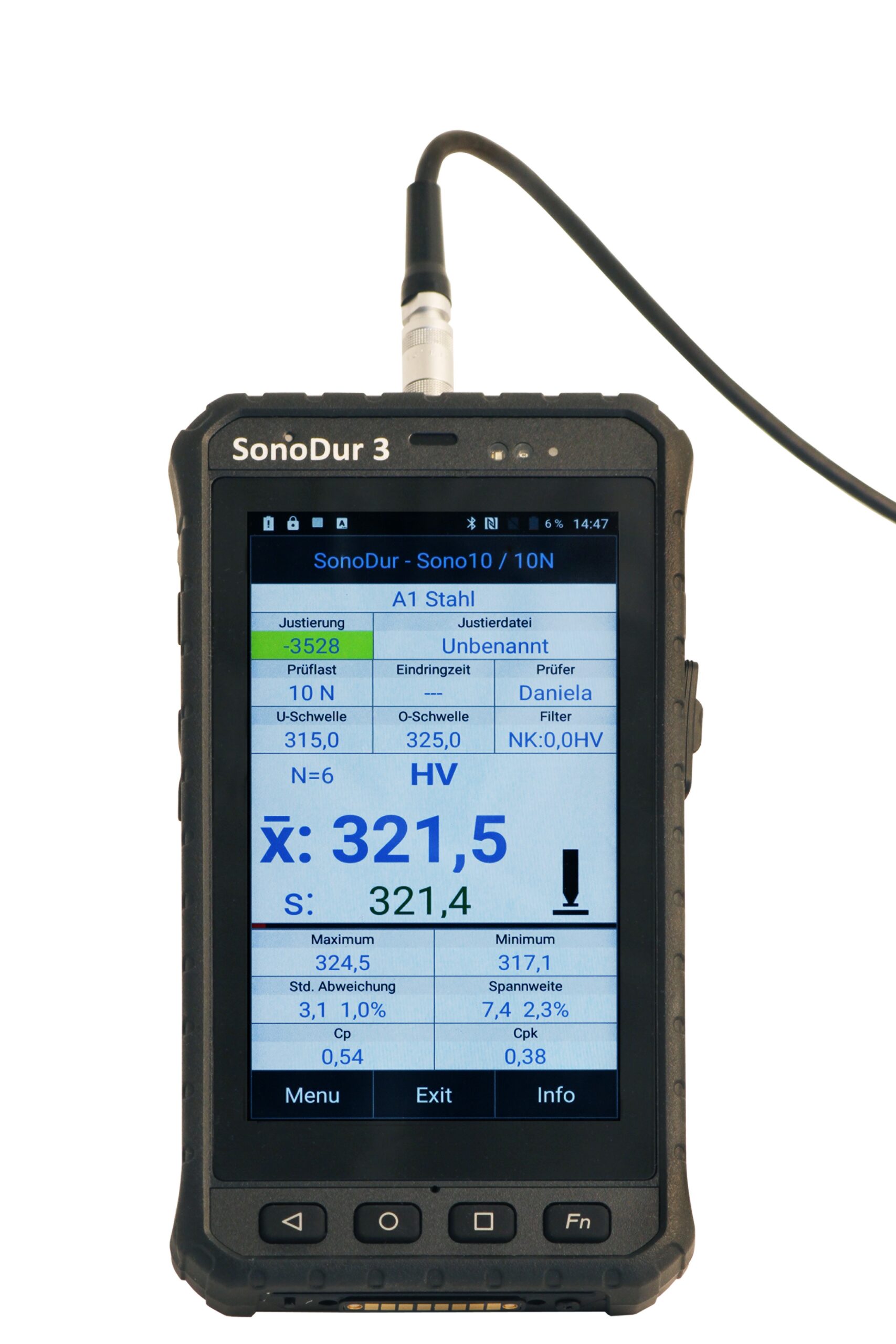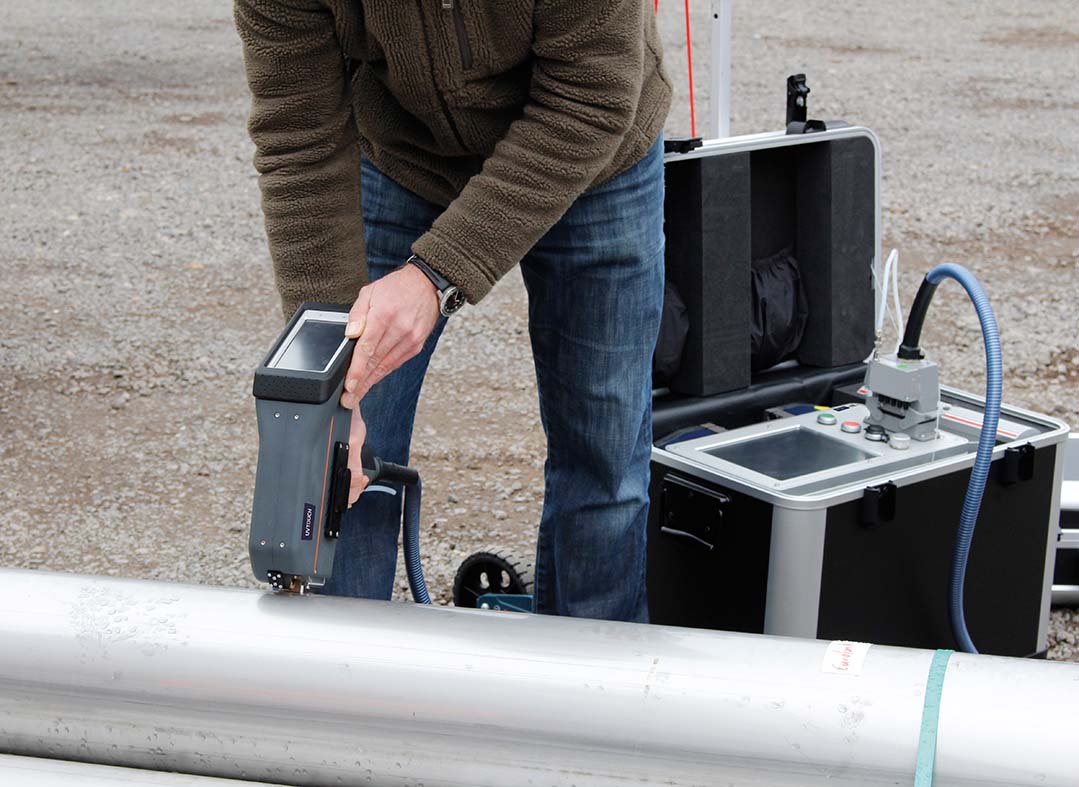
Oil & Gas
NDT Products offers a wide range of solutions for the oil & gas industry
NDT is instrumental in the oil and gas industry for maintaining the safety and reliability of infrastructure, preventing environmental disasters, and minimizing downtime and repair costs. It helps ensure that the industry operates efficiently and in compliance with regulatory standards.
The oil & gas industry brings with it some unique challenges that other industries might not encounter. For example, working in remote locations and extreme environments, extremely time sensitive deadlines and high industry standards. NDT Products strives to support our customers through these challenges.
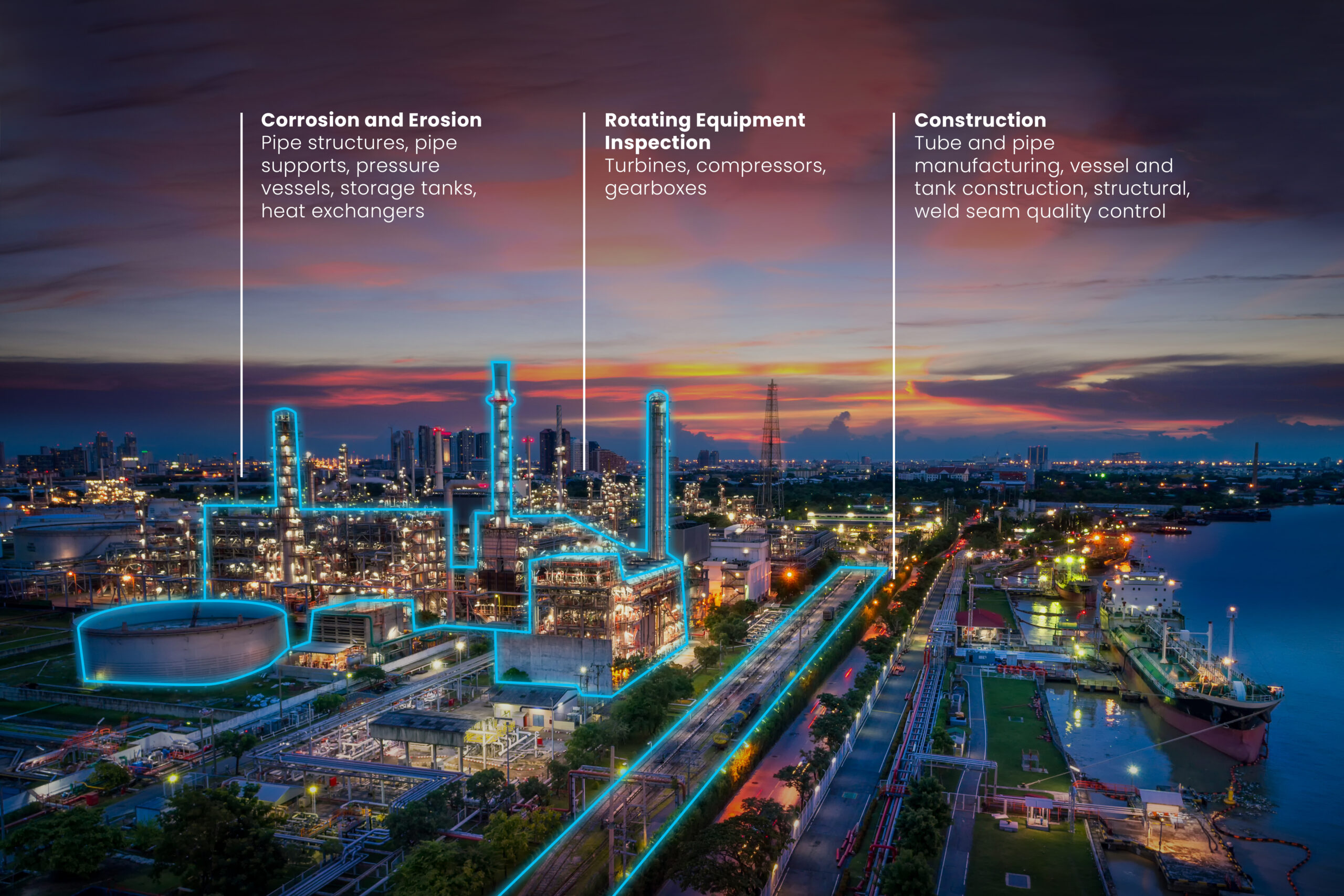
Some NDT applications in the Oil & Gas industry:
- Pipeline Inspection: NDT techniques like ultrasonic testing (UT), magnetic particle testing (MT), and radiographic testing (RT) are used to inspect pipelines for corrosion, cracks, and weld defects. This helps prevent leaks and ruptures that can lead to environmental damage and safety hazards.
- Tank Inspection: NDT methods are used to assess the condition of storage tanks, such as above-ground storage tanks (ASTs) and underground storage tanks (USTs). This includes detecting corrosion, weld defects, and the thickness of tank walls to prevent leaks and ensure compliance with regulations.
- Pressure Vessel Testing: Pressure vessels used in the industry, like boilers and storage tanks, undergo regular NDT inspections to identify weaknesses, corrosion, and stress-related issues. This ensures they can safely contain high-pressure fluids and gases.
- Weld Inspection: NDT is employed to inspect welds in equipment and structures, such as oil rig components and pipelines, to ensure the quality of the welds and the integrity of the joints.
- Drilling Equipment: Critical drilling components, such as drill pipes and casing, are inspected using NDT techniques to detect defects that could compromise drilling operations and worker safety.
- Platform and Structural Inspection: Offshore platforms and structures are subject to harsh environmental conditions. NDT helps assess their structural integrity, ensuring they can withstand the rigors of the marine environment.
- Corrosion Monitoring: NDT methods like corrosion mapping and ultrasonic thickness gauging are used to monitor the rate of corrosion in pipelines and equipment. This information guides maintenance and replacement schedules.
- Flaw Detection: NDT identifies flaws in materials and welds, such as stress cracks, in critical components to prevent catastrophic failures.
- Weld Quality Control: NDT techniques are used during the welding process to ensure the quality and integrity of welds, which is essential for safety and structural stability.
- Emergency Response: In the event of a pipeline leak or equipment failure, NDT can quickly assess the extent of damage and help determine the most appropriate response and repair strategy.

Browse Relevant Case Studies
Browse our resource section to find relevant posts, case studies, whitepapers, videos and more related to your specific industry or application.
